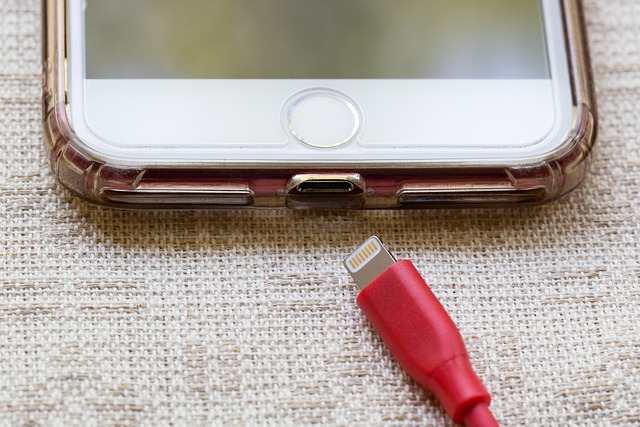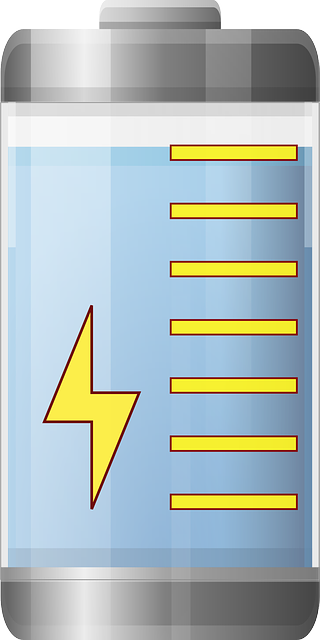Button batteries, commonly found in devices like remote controls and hearing aids, pose a significant health risk if ingested by children or pets. These batteries contain a highly reactive electrolyte that can cause severe chemical burns upon contact with bodily fluids. Ingestion of just one button battery can lead to critical health emergencies due to the rapid corrosion of internal tissues, often within two hours. The consequences can be fatal or result in long-term complications without immediate medical intervention. To prevent accidents, it is essential for manufacturers to design products with child-resistant features and secure battery compartments. Governments must enforce stringent regulations to mitigate these risks, including safety labels and public awareness campaigns about the dangers of button batteries. The international community, through organizations like the IEC and WHO, has developed comprehensive guidelines for the lifecycle of button batteries, from design to disposal, to ensure consumer safety. Regular updates to these standards are necessary to keep pace with technological advancements and address new safety concerns associated with this vital but potentially hazardous technology.
Each year, the prevalence of portable electronic devices has skyrocketed, with an accompanying surge in their indispensable power sources: button batteries. These small yet potent cells offer convenience and efficiency but come with significant safety considerations. This article delves into the critical role of consumer safety regulations governing button batteries, highlighting the risks they pose when ingested, particularly by children and pets. We’ll explore harrowing case studies that underscore the importance of robust standards, examine advancements in battery design and materials to prevent accidents, and investigate global initiatives aimed at safeguarding consumers. Understanding these aspects is paramount for promoting a safer environment for all.
- Understanding the Risks Associated with Button Batteries
- The Role of Consumer Safety Regulations in Preventing Accidents
- Case Studies: The Consequences of Lax Battery Safety Standards
- Advancements in Battery Design and Materials for Enhanced Safety
- Global Initiatives and Best Practices for Button Battery Safety
Understanding the Risks Associated with Button Batteries

Button batteries, small disc-shaped cells commonly found in household items like remote controls, watches, and hearing aids, pose significant risks if ingested by young children or pets. These lithium-containing batteries can cause severe chemical burns upon contact with bodily fluids due to their high electrolyte content. Ingestion of even a single button battery can lead to serious medical emergencies, as the alkaline substance within can begin dissolving internal tissues in as little as two hours. The consequence of this can be life-altering or fatal if not promptly addressed with immediate medical intervention. Consumer awareness and robust safety regulations are imperative to mitigate these dangers. Measures such as securing battery compartments, designing child-resistant packaging, and implementing education campaigns about the risks associated with button batteries are essential steps manufacturers and policymakers can take. By understanding the potential hazards and taking proactive measures, we can significantly reduce the likelihood of tragic incidents related to these powerful yet perilous batteries.
The Role of Consumer Safety Regulations in Preventing Accidents

Button batteries, small but potent energy sources found in an array of everyday devices from hearing aids to remote controls, present a significant risk if misused or ingested by young children or pets. The role of consumer safety regulations is pivotal in mitigating these risks and preventing accidents associated with these batteries. These regulations mandate robust safety standards, including child-resistant packaging and design specifications for battery compartments to deter unauthorized access. They also stipulate clear labeling, guiding consumers on proper usage and disposal methods. By enforcing strict guidelines, governments ensure that manufacturers prioritize the construction of devices with built-in safety features, such as locking mechanisms or tamper-evident seals, thereby reducing the likelihood of accidental ingestion. Furthermore, these regulations facilitate rapid reporting and response protocols in the event of a battery leakage or malfunction, which is crucial for consumer protection and public safety. The proactive approach taken by these regulations not only safeguards the health and well-being of consumers but also instills confidence in the marketplace, fostering a safer environment for the widespread adoption of portable electronic devices powered by button batteries.
Case Studies: The Consequences of Lax Battery Safety Standards

Button batteries, small cells that power an array of devices from hearing aids to children’s toys, have been at the center of safety concerns due to their high energy density and the risks they pose if swallowed. A notable case study is the incident involving Duracell button batteries, where defective designs led to reports of batteries leaking and overheating within products. This event underscored the potential dangers of lax safety standards; it not only caused inconvenience and product recalls but also highlighted the health risks associated with button battery ingestion, including severe chemical burns. Similarly, incidents involving Samsung’s Galaxy Note 7, where lithium-ion batteries were prone to overheating and combustion, demonstrated the catastrophic consequences of inadequate safety measures. These cases serve as stark reminders of the importance of stringent battery safety regulations. They show that without such oversight, consumers are at risk of not only financial loss but also potential harm, emphasizing the need for robust standards to prevent similar incidents from occurring.
Advancements in Battery Design and Materials for Enhanced Safety

Advancements in battery design and materials have significantly improved safety features, particularly with the proliferation of button batteries which are small, round cells used in a wide array of consumer devices from hearing aids to remote controls. These tiny power sources present unique risks due to their high energy density and the potential for ingestion by children and pets. In response, researchers have developed new materials that are less reactive under stress and can prevent overcharging, over-discharging, and short circuits—common causes of battery malfunctions. Additionally, safety features such as coatings that resist leakage and advanced circuitry to monitor battery health in real-time are becoming standard. These enhancements not only protect the user from potential harm but also safeguard electronic devices from damage, ensuring longer product life and reliability. The ongoing evolution of these technologies is critical for maintaining consumer confidence and safety as we increasingly depend on portable electronics in our daily lives.
Global Initiatives and Best Practices for Button Battery Safety

The proliferation of portable electronic devices has led to an increased prevalence of button batteries, which are essential components in various gadgets due to their high energy density and long life. As these small power sources become more ubiquitous, the importance of global initiatives and best practices for button battery safety gains prominence. International bodies, such as the International Electrotechnical Commission (IEC) and the United Nations’ World Health Organization (WHO), have established guidelines to ensure these batteries are handled responsibly across their lifecycle. These include stringent standards for design, manufacturing, packaging, and disposal to prevent accidental ingestion by children and pets, which poses a serious health risk. Additionally, there are protocols for proper labeling and safety warnings to inform consumers about the potential hazards associated with button batteries. The Global Battery Association and other similar organizations advocate for the adoption of these best practices worldwide to mitigate risks and promote consumer safety. Regular updates to these standards are necessary to keep pace with technological advancements and to address new safety concerns as they emerge, ensuring that the guidelines remain relevant and protective in the evolving landscape of battery technology.
In conclusion, the discussion around button battery safety underscores the critical importance of robust regulations in safeguarding consumers. The risks posed by these small but potent cells, as detailed in the sections on their associated dangers and real-world consequences of inadequate standards, highlight a pressing need for vigilant oversight. Advancements in battery design and materials are promising, offering enhanced safety features that can mitigate potential harm. However, it is through globally harmonized initiatives and adherence to best practices that we can ensure comprehensive protection for all. Consumers must be assured of the utmost safety in products they use daily, and this commitment to safety begins with stringent regulations. Therefore, ongoing collaboration among manufacturers, policymakers, and safety organizations is essential to maintain the integrity of the battery market and protect individuals from the hazards associated with button batteries.



